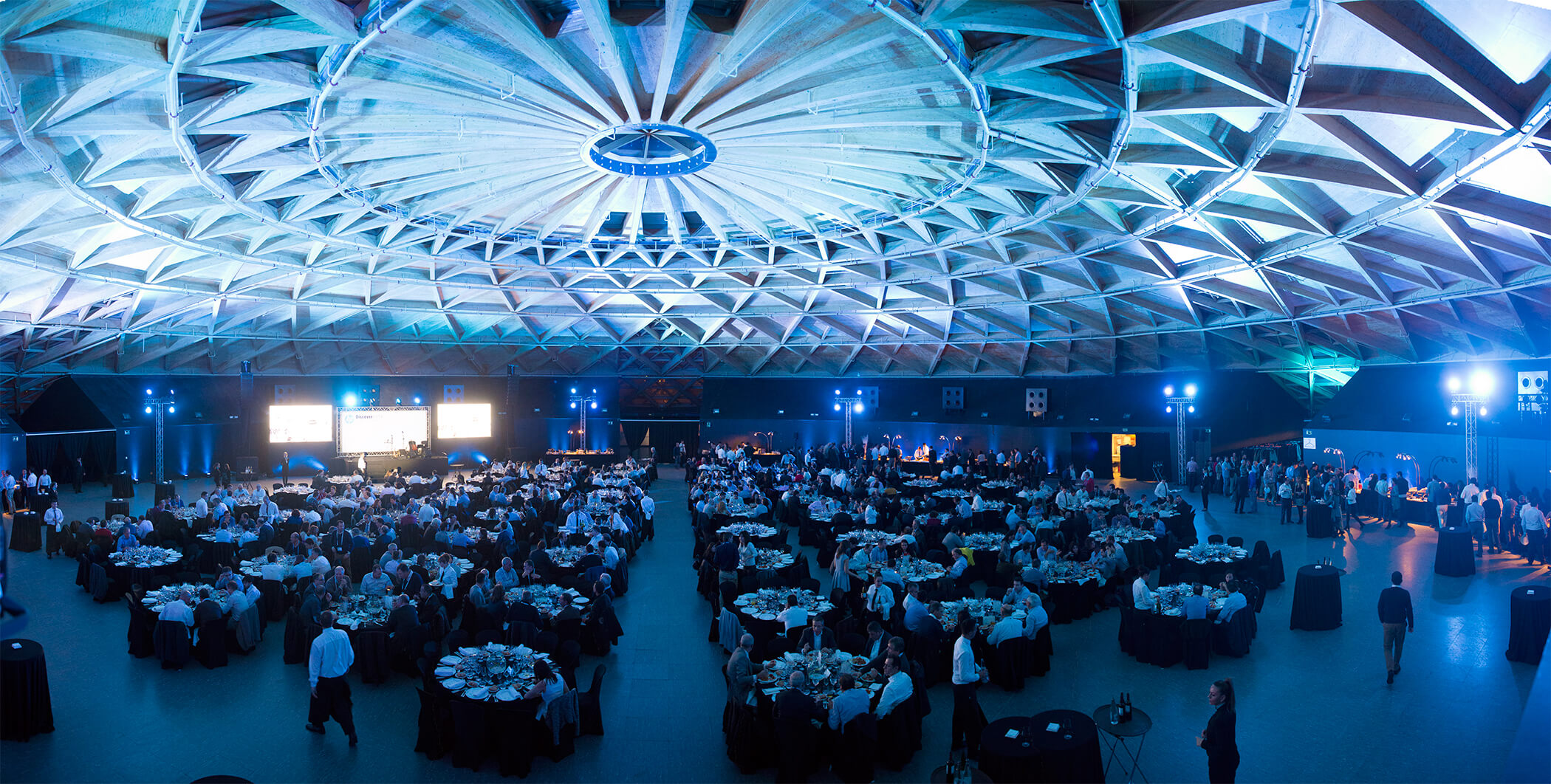Events are stories, live entities… live.
Most importantly, there is no such thing as an undo in events. As an event organizer, you are undoubtedly the center of attention: whether things go right or wrong. So it’s no surprise that Forbes ranks event planning as the 8th most stressful job.
Whether it’s a corporate event, a global festival, a product launch campaign or a private wedding, the delicate balance of a meticulous logistical operation, a clear content strategy, plus a bit of cosmic alignment remains a herculean task.
Then there’s also the sad reality that ties, to a large extent, event planning to Murphy’s Law.
In an attempt to get ahead of this trend, we have identified the 5 black spots in event organization and the keys that will help you solve any mistakes that occur during the organization.
Black spot 1: Forgetting the central theme
A typical event planner blunder is to get caught up in trivia and completely forget the story line. While free drinks, a sunny day and a beautiful room are simple, casual add-ons, the real key to holding the event is to create some impact.
The message, whether it is a simple slogan, a mission or a mission statement, forms the basis of a clear and concise event strategy.
What really matters is that it has become an industry requirement in the empirical economy. Today with millennials driving the empirical economy and preferring experiences over products, the space to create meaning-laden narratives is critical.
Key: the story line
The event message should start with the beginning of the customer journey: the invitation, the pre-event application, even the feeling of arrival and, from that starting point, resonate through to customer satisfaction after the event is over. Entrenching the message and creating a list of content platforms will ensure the message sticks.
Black Spot 2: Budget
Going over budget is practically an ultimatum. It’s all too easy to go over so it’s critical to get it right. Hidden fees include taxes, permits, flight changes and even traffic jams and alternative route searches that can become a giant snowball that swallows the budget.
Key: the only advice is to leave a 15% margin.
Black spot 3: Lack of cultural sensitivity
Lack of cultural sensitivity is one of the biggest shortcomings that can occur in a series of global events, both from a strategic and activation perspective.
I recently had the opportunity to participate in the LinkedIn Talent Awards global launch program, with a series of events scheduled in the Middle East, South America and parts of Europe. In that case, it was critical to pay particular attention to cultural nuances.
While the rollout plan and decision to launch a product or event in a particular city is often tied to the overall brand strategy, a simple matter such as not taking into account Ramadan, Easter or any other major national holiday can lead to absolute disaster.
From an activation perspective, this can be further amplified if no attention is paid to catering, restroom segregation or facility climate control, among others.
Key: consider local experts who can check all of these aspects for your event, from deployment dates or food preparation to any other logistical aspects.
Black Spot 4: Technology
Technology can make or break your event. Slido, Crowd Compass or Zerista are magical apps can create a seamless event. However, if guests start browsing event apps on their phones instead of participating in the event itself or if scanners fail to read tickets due to heat or humidity, everything can quickly go down the drain.
Key: check that everything is working as it should on the day, from the guest’s perspective. Imagine the guest entering the space, meeting their friends and finding a way to download the application. All those steps can interfere with what you thought was a foolproof plan. Turning to an operating system can help everything flow.
Black spot 5: Time
The biggest danger, of course, is lack of time. Even if budgets are tight, a clear and concise message has been implemented, technology has been fully tested and Ramadan has been taken into account, the most critical aspect of any event is time. From the vital few seconds of an opening act to the roasting of the main course, timing is everything and there is no turning back.
Key: make a critical chronology of the event trajectory. Make sure all details have been included, including all potential scenarios that could disrupt that trajectory such as a short circuit, a traffic jam or a fast bake oven. The best event planners are true critical path experts.






